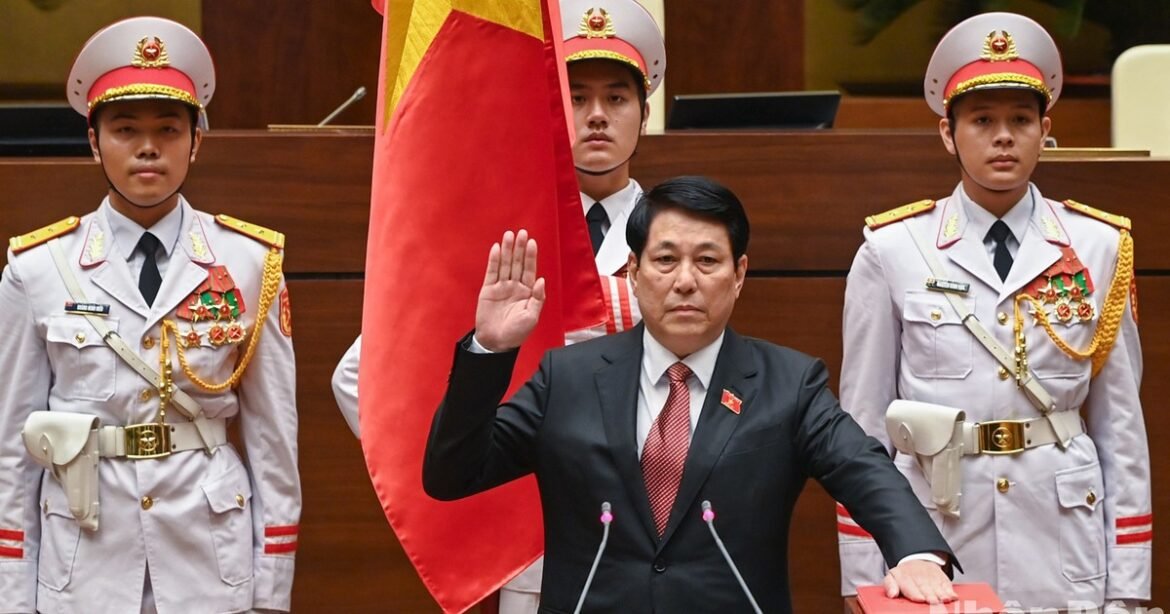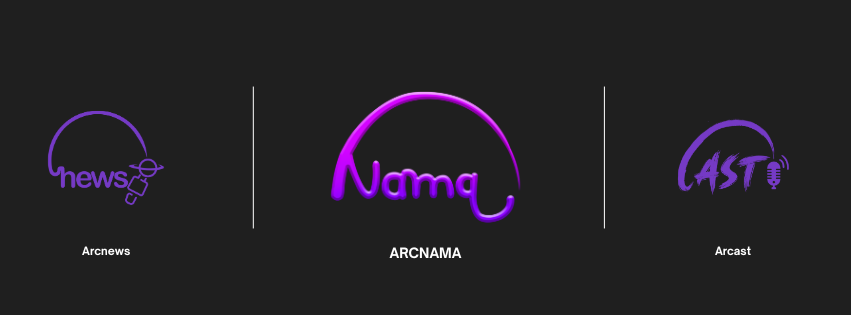Long Cuong takes oath in the Vietnamese National Assembly in Hanoi as the newly elected president, marking a significant moment in Vietnam’s political landscape. Cuong, a 67-year-old military general, was elected by the National Assembly on Monday, becoming the fourth official to hold the largely ceremonial role in just 18 months. His election comes during a period of political transition and reflects efforts to stabilize the country’s leadership following recent turbulence.
Long Cuong’s Election and Background
Long Cuong takes oath in the Vietnamese National Assembly in Hanoi, following his election as president. With over four decades of military service, Cuong has been a prominent figure in Vietnam’s political and military spheres. He has served as a member of the powerful Politburo since 2021, which positions him among the country’s most influential leaders. His appointment as president follows the resignation of his predecessor, To Lam, who stepped down after being appointed as general secretary of the Communist Party, the most powerful role in Vietnam.
In his inaugural speech, Long Cuong pledged to pursue foreign policies that emphasize independence, peace, and diplomacy, reinforcing Vietnam’s image as “a friend, a trusted partner, and an active and responsible member of the international community.” While the presidency is mostly symbolic, it plays an important role in representing Vietnam on the global stage, hosting foreign dignitaries, and promoting the country’s diplomatic relations.
Political Stability After a Period of Turmoil
Long Cuong takes oath in the Vietnamese National Assembly in Hanoi amid a backdrop of political instability in the country. Vietnam has seen three different presidents in just 18 months, a rare occurrence in its usually stable political environment. Cuong’s appointment is viewed as a strategic move to restore balance following months of internal political shifts, which began with the passing of former party general secretary Nguyen Phu Trong, a dominant figure in Vietnamese politics since 2011.
Trong’s anti-corruption campaign, known as the “blazing furnace,” targeted both business and political elites, including former presidents and other high-ranking officials. The campaign’s popularity among Vietnamese citizens was balanced by concerns among investors, as it caused delays in decision-making within the government. Long Cuong’s election is seen by political analysts as a step towards restoring stability in Vietnam’s leadership.
Nguyen Khac Giang, a visiting fellow at the Vietnam Studies Program at Singapore’s ISEAS-Yusof Ishak Institute, described Cuong’s election as a “move to stabilize the system” ahead of the next Communist Party Congress in 2026. By appointing Long Cuong, the country aims to restore equilibrium between its military and security factions, which have become increasingly important in recent years.
The Role of the President in Vietnam’s Government
While the role of the president in Vietnam is largely ceremonial, Long Cuong takes oath in the Vietnamese National Assembly in Hanoi at a time when the position holds significant symbolic importance. The president is responsible for meeting with foreign dignitaries and representing the country in international forums, but executive power remains in the hands of the general secretary of the Communist Party.
By appointing Long Cuong, Vietnam is reaffirming its commitment to collective leadership, a principle that has guided the country’s political system for decades. To Lam, who remains general secretary of the Communist Party, continues to hold decisive power within the government, but the election of Cuong as president signals an effort to maintain balance and stability within the leadership.
Concerns Over Expanding Repression
While Long Cuong’s election aims to stabilize Vietnam’s political landscape, it has also raised concerns among critics. Some fear that Cuong, with his strong military background, may support the expansion of state repression. Ben Swanton of The 88 Project, an organization advocating for freedom of expression in Vietnam, expressed concerns that Cuong’s appointment may reinforce the country’s “police state” and further restrict civil liberties.
As Vietnam moves towards its next Communist Party Congress in 2026, the appointment of Long Cuong as president highlights the country’s efforts to balance its political factions while maintaining its anti-corruption drive. The long-term impact of his presidency remains to be seen, but for now, the government is focused on restoring order and preparing for the future.
In conclusion, Long Cuong takes oath in the Vietnamese National Assembly in Hanoi during a critical moment for Vietnam’s leadership. His election as president reflects efforts to stabilize the country following a period of political uncertainty and signals the government’s intent to move forward with a unified leadership structure. As Vietnam navigates both domestic and international challenges, Cuong’s presidency will play a key role in shaping the country’s future direction.
Stay connected to know more on arcnews.online for global news like Long Cuong Takes Oath in the Vietnamese National Assembly in Hanoi. For videos updates visit our YouTube. Do subscribe to Arcnews to get latest updates directly in your mail box.
Have A Great Day.


